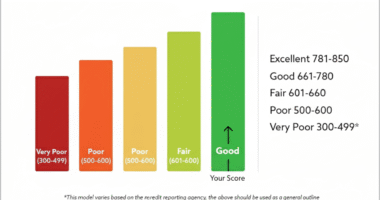What’s Next for Energy Markets?
Why Oil Prices Dropped Sharply This Week
Global oil markets saw a dramatic 8% weekly drop—the steepest decline since June—as traders reacted to news that OPEC+ may accelerate its supply hike in November. Brent crude fell to $64 per barrel and West Texas Intermediate (WTI) hovered at $60, their lowest levels since the early summer, driven by a mix of oversupply fears and seasonally weaker demand.reuters+1
For months, OPEC+ (the coalition led by Saudi Arabia and Russia) has gradually ramped up production, boosting output by 137,000 barrels a day since October. Now, speculation is mounting that the group could announce an even larger supply increase—potentially up to 500,000 barrels daily, triple October’s hike. Saudi Arabia is eager to regain market share, while Russia pushes for a more modest approach.morningstar+1
Key Factors Behind the Price Slide
Seasonal Demand and Inventory Builds
Analysts point to “seasonal-demand air pockets,” periods when energy consumption drops, and refineries undertake maintenance that reduces global crude runs. As inventories rise in the US and Asia, traders increasingly worry about a potential supply glut early next year—especially as OPEC+ unwinds previous production cuts.cnbc+3
Additional Supply Pressures
-
Restart of Iraq’s Kirkuk-Ceyhan pipeline added about 150,000 barrels/day, contributing to excess supply.
-
China’s robust imports from alternative sources highlight resilient global flows, even amid sanctions.
-
Ongoing refinery maintenance in major markets temporarily reduces crude demand.discoveryalert
These combined pressures have spurred a bearish shift in market sentiment, prompting hedge funds to reduce long positions and triggering heightened volatility.discoveryalert+1
What’s Next for Energy Markets?
Potential Scenarios
Risk of Further Price Declines
If the rumored 500,000 barrel-per-day OPEC+ supply hike is confirmed, analysts expect downward pressure to continue. Some forecast Brent crude could test support at $58 and even reach this year’s lows near $55 if market conditions remain weak. Technical indicators show trading volumes and volatility increasing, with investors bracing for further price swings.reuters
Geopolitical and Regulatory Impacts
The US is considering secondary sanctions against buyers of Russian crude. If such sanctions expand, global oil flows could be disrupted, temporarily tightening supply and stabilizing prices. Additionally, compliance challenges mean not all OPEC+ members can boost production equally—actual increases may underperform announcements.coopenergyco
Longer-Term Market Outlook
The US Energy Information Administration (EIA) projects Brent crude averaging $51 per barrel in 2026, citing persistent inventory builds resulting from higher OPEC+ production. The outlook suggests low oil prices could eventually force producers to curb output, moderating the oversupply and supporting a gradual price rebound.eia
Conclusion: Navigating the Uncertainty
Energy markets are entering a volatile phase as supply and demand fundamentals shift. While OPEC+ aims to balance market share and price stability, traders remain wary of oversupply and regulatory risks. In the near term, continued output hikes and weak demand could drive oil prices lower. However, geopolitical moves and natural supply corrections may help stabilize energy markets further into 2026.
Stay tuned for further OPEC+ decisions and monitor refining and inventory trends as key market drivers in the months ahead.










3 comments
Ok think
US is still managing the price of gas fairly stable so far despite unstable oil prices in the market.
Your article helped me a lot, is there any more related content? Thanks!